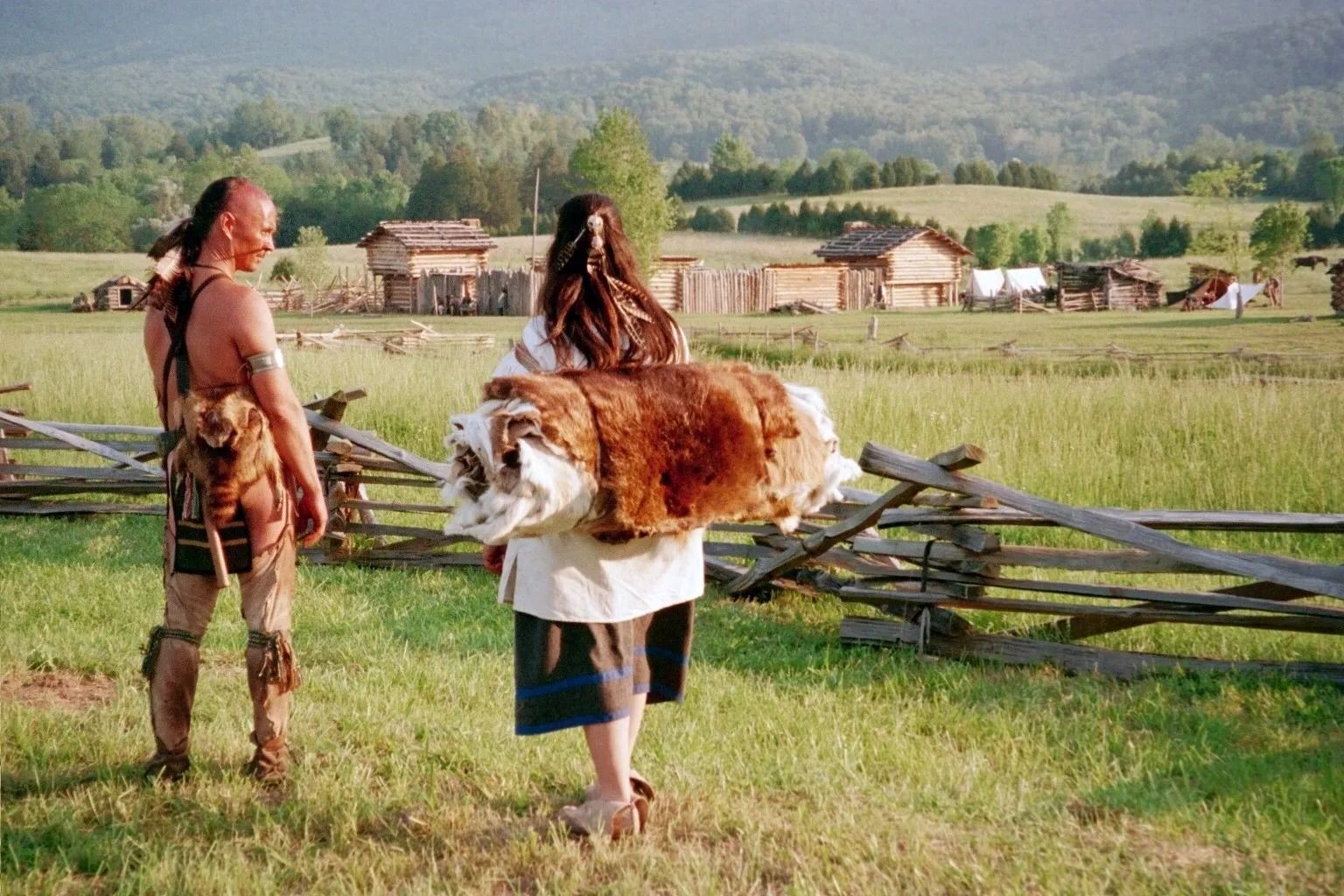Secrets Of Pennsylvania’s Ancient Monongahela Culture

Have you ever wondered about the ancient cultures that once thrived in Pennsylvania? The Monongahela Culture is one such fascinating group. Flourishing between 1050 and 1635 AD, these people lived in the southwestern part of the state. They built circular villages, practiced agriculture, and crafted beautiful pottery. Their mysterious disappearance around 1635 AD has puzzled historians for years. What happened to them? Were they absorbed by other tribes or did they face a catastrophic event? Join us as we delve into the secrets of the Monongahela Culture, exploring their daily lives, achievements, and the enduring mysteries surrounding their sudden vanishing.
Discovering the Monongahela Culture
The Monongahela culture thrived in what is now Pennsylvania from around 1050 to 1635 AD. These ancient people left behind fascinating artifacts and settlements. Let's explore some key sites where you can learn about their history.
Meadowcroft Rockshelter
- Meadowcroft Rockshelter: This site offers a glimpse into the lives of the Monongahela people. Archaeologists have uncovered tools, pottery, and remnants of their daily activities. Visitors can see exhibits showcasing these finds and learn about the significance of the site.
Somerset County
- Somerset County: Known for its rich archaeological history, Somerset County has several Monongahela village sites. Excavations have revealed longhouses, storage pits, and burial sites. The artifacts found here provide insight into their agricultural practices and social structure.
The Johnston Site
- The Johnston Site: Located near Blairsville, this site is one of the most extensively studied Monongahela villages. Researchers have found evidence of complex community planning, including defensive palisades and communal areas. The artifacts here highlight their craftsmanship and trade networks.
The Consol Site
- The Consol Site: Situated in Washington County, this site offers a unique look at Monongahela fortifications. The remains of a large, circular village with a central plaza have been uncovered. This site provides clues about their defensive strategies and community organization.
The Foley Farm Site
- The Foley Farm Site: This site in Greene County has yielded numerous artifacts, including pottery, tools, and ornaments. The layout of the village and the variety of artifacts suggest a well-organized society with specialized craftspeople.
The Peck Site
- The Peck Site: Found in Fayette County, this site has provided valuable information about Monongahela burial practices. Excavations have revealed burial mounds and grave goods, offering insights into their spiritual beliefs and rituals.
The Kirshner Site
- The Kirshner Site: Located in Westmoreland County, this site has a wealth of artifacts that shed light on the daily lives of the Monongahela people. Items such as cooking utensils, hunting tools, and personal adornments have been found, painting a vivid picture of their culture.
The Campbell Farm Site
- The Campbell Farm Site: This site in Indiana County is notable for its well-preserved longhouses and storage pits. The artifacts found here, including agricultural tools and pottery, provide a deeper understanding of their farming techniques and domestic life.
The Squirrel Hill Site
- The Squirrel Hill Site: Situated in Allegheny County, this site offers a rare glimpse into Monongahela ceremonial practices. The discovery of large, circular structures suggests they held communal gatherings and rituals, highlighting the social and religious aspects of their culture.
The Hanna's Town Site
- The Hanna's Town Site: Located in Westmoreland County, this site has revealed a mix of Monongahela and European artifacts. This suggests interaction and trade between the Monongahela people and early European settlers, providing a unique perspective on cultural exchange.
Exploring these sites offers a fascinating journey into the world of the Monongahela culture. Each location provides a unique piece of the puzzle, helping us understand the lives of these ancient people.
The Legacy of the Monongahela Culture
The Monongahela Culture left a lasting impact on Pennsylvania's history. Their unique pottery, circular villages, and agricultural practices offer a glimpse into a sophisticated society. These ancient people thrived in the region for centuries, adapting to their environment and developing complex social structures.
Archaeological discoveries continue to shed light on their way of life, helping us understand their contributions to the region's heritage. The Monongahela's legacy is a testament to human ingenuity and resilience. By studying their artifacts and settlements, we gain valuable insights into the past, enriching our knowledge of early American cultures.
Exploring the Monongahela Culture not only honors their memory but also deepens our appreciation for the rich tapestry of human history. Their story is an integral part of Pennsylvania's cultural fabric, reminding us of the diverse and vibrant communities that once called this land home.

